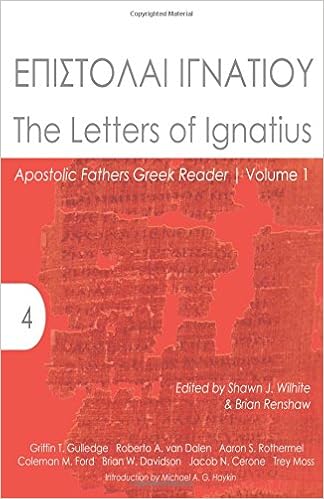
Robert J. V. Hiebert, one of the translators of the book of Genesis in NETS, walks his reader through his translation decisions in Genesis 17. As I have previously mentioned, the NETS adopts an “upstream” method of interpretation. Hiebert concedes that the “LXX eventually came to be read and interpreted without reference to its Hebrew or Aramaic parent,” but it is the aim of the translation committee to focus on the initial phase of its reception. A phase when the text would have been undoubtedly compared to the original Hebrew/Aramaic, either through memory or physical comparison.
Since Hiebert provides far too many examples for an efficient summary here, I will briefly mention the one element I found most helpful. Hiebert cites BDB’s definition for ו in order to establish that it has a wide and free usage: or, then, but, notwithstanding, howbeit, so, thus, therefore, and that (just to name a few).
Despite the extreme flexibility and wide range of meaning the Hebrew ו possesses, the Greek translator opts to retain the Hebrew parataxis (the act of placing side-by-side/the linking of clauses with a simple coordinating conjunction) by consistently rendering it with καί “and,” “even,” “also.” Such is the nature of a translation, while parataxis is persevered καί is forced to bear a load it was never meant to carry.








